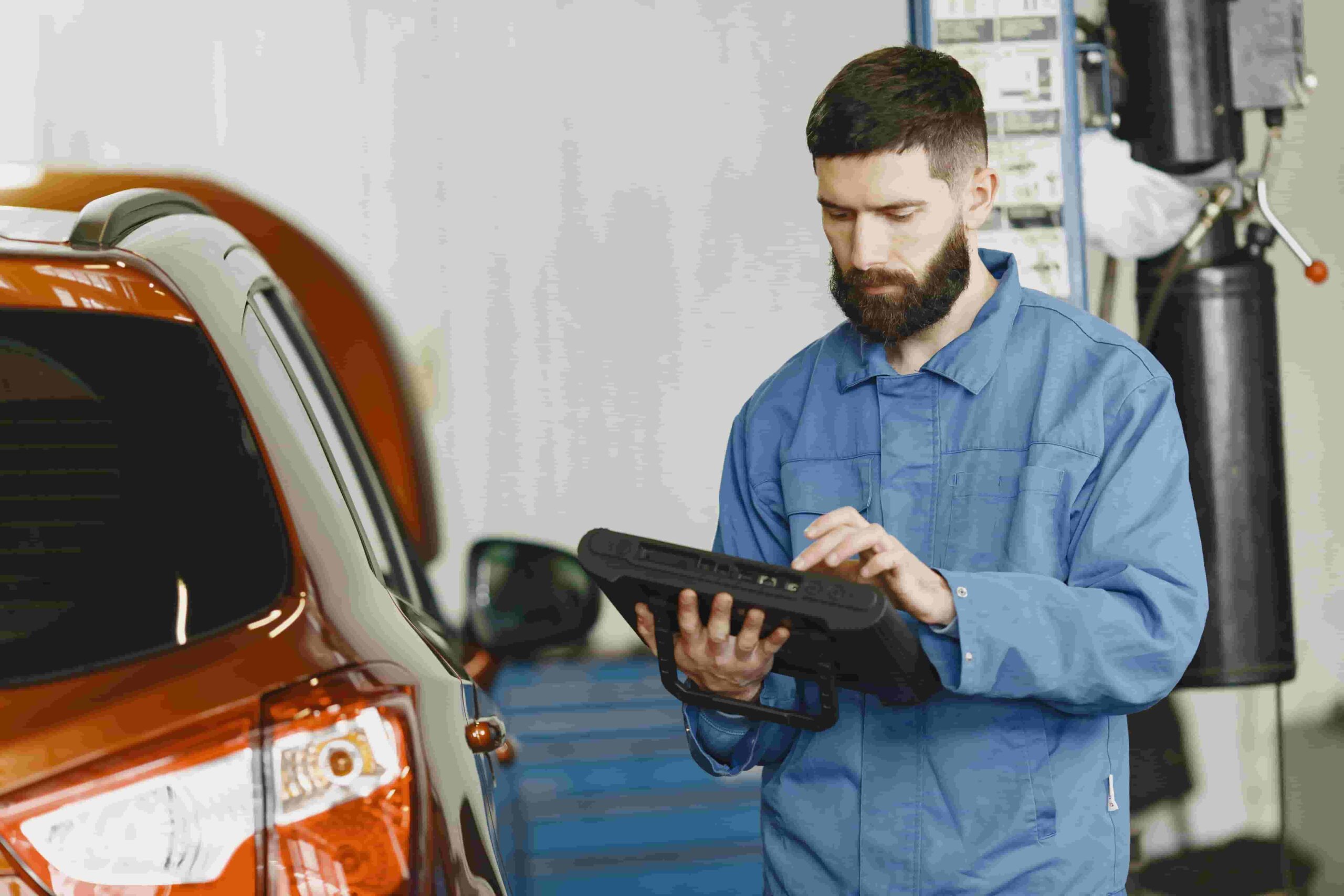Are you tired of costly trips to the mechanic? Want to keep your car running smoothly without breaking the bank? Welcome to the world of DIY car maintenance! In this guide, we’ll help you understand when to replace key auto parts, so you can confidently take care of your vehicle.
Mastering DIY Car Maintenance
Car maintenance might seem daunting, but it doesn’t have to be. Taking the DIY route can save you money and provide a sense of accomplishment. Plus, with a little guidance, you’ll find that most routine maintenance tasks are well within your reach.
Why Regular Inspections and Part Replacements Matter
Keeping up with regular inspections and replacing worn-out parts is crucial for your vehicle’s performance and longevity. Ignoring these can lead to more expensive repairs down the line and even compromise your safety on the road.
Key Auto Parts That Need Regular Check-ups and Replacement
Understanding which parts require regular attention can simplify your maintenance routine. Here are the most important components you’ll need to keep an eye on:
Engine Oil and Filter
Engine oil is the lifeblood of your car. It keeps the engine lubricated, reduces friction, and prevents overheating. Over time, oil breaks down and loses its effectiveness. Regularly changing the oil and filter ensures your engine runs smoothly.
Brake Pads and Rotors
Your brakes are your car’s most critical safety feature. Brake pads wear down over time and require replacement to maintain stopping power. Rotors also need to be inspected and replaced if they’re worn or damaged.
Air Filters
Air filters prevent contaminants from entering your engine, ensuring it runs efficiently. A clogged air filter can reduce performance and increase fuel consumption. Replacing it regularly is a simple way to keep your engine healthy.
Spark Plugs
Spark plugs ignite the air-fuel mixture in your engine, enabling combustion. Worn-out spark plugs can cause misfires and reduce fuel efficiency. Regular replacement ensures smooth engine performance.
Tires
Tires are your car’s connection to the road. Worn-out tires can compromise handling, braking, and overall safety. Regularly check tire tread and pressure, and replace them when necessary to maintain optimal performance.
Battery
A healthy battery is essential for starting your car and powering electrical components. Over time, batteries lose their charge and need replacement. Regular inspections can prevent unexpected breakdowns.
Recognizing Signs of Wear and Tear
Knowing how to identify signs of wear and tear can help you replace parts before they fail. Here are some common indicators:
Engine Oil and Filter
If you notice dark, dirty oil or reduced engine performance, it’s time to change the oil and filter. Check your owner’s manual for recommended intervals.
Brake Pads and Rotors
Squeaking or grinding noises, a soft brake pedal, or reduced stopping power are signs that your brake pads or rotors need attention.
Air Filters
A clogged air filter can cause a decrease in engine power, increased fuel consumption, or black smoke from the exhaust. Inspect and replace it if it’s dirty.
Spark Plugs
If your engine misfires, has trouble starting, or experiences reduced fuel efficiency, worn spark plugs might be to blame.
Tires
Look for uneven tread wear, low tread depth, or sidewall damage. These are signs that your tires need replacement.
Battery
If your car struggles to start, or you notice dimming lights or a battery warning light, it’s time to check your battery.
Step-by-Step Guide to Replacing Key Auto Parts
Taking on DIY maintenance can be rewarding, but safety is paramount. Here’s a step-by-step guide to replacing key auto parts.
Safety Precautions
Always work in a well-ventilated area, use appropriate safety gear, and follow your vehicle’s manual. Ensure the car is securely lifted if necessary.
Tools Required
Invest in quality tools such as wrenches, screwdrivers, jack stands, and a socket set. Specialized tools may be required for specific tasks.
Detailed Steps
- Engine Oil and Filter:
- Warm up the engine to thin the oil.
- Drain the oil by removing the drain plug.
- Replace the oil filter.
- Refill with the recommended oil.
- Brake Pads and Rotors:
- Lift the car and remove the wheel.
- Remove the caliper and old brake pads.
- Inspect and replace the rotor if needed.
- Install new brake pads and reassemble.
- Air Filters:
- Locate the air filter housing.
- Remove the old filter.
- Clean the housing and install a new filter.
- Spark Plugs:
- Locate the spark plugs.
- Remove the old plugs using a spark plug socket.
- Gap the new plugs if necessary and install them.
- Tires:
- Use a tire gauge to check pressure.
- Rotate tires according to the manufacturer’s recommendation.
- Replace tires when tread is low or damaged.
- Battery:
- Disconnect the negative terminal first, then the positive.
- Remove the old battery.
- Clean the battery tray and terminals.
- Install the new battery and reconnect terminals.
Common Mistakes to Avoid
Avoid over-tightening bolts, neglecting safety gear, and skipping steps outlined in your vehicle’s manual. Taking shortcuts can lead to accidents and damage.
The Benefits of DIY Maintenance vs. Professional Services
DIY maintenance has several advantages over professional services. First, it saves money. You only pay for parts and tools, not labor. Second, it gives you a better understanding of your vehicle, enabling you to diagnose issues early. Finally, it provides a sense of accomplishment and independence.
However, some tasks are best left to professionals, especially if they require specialized knowledge or equipment. Balancing DIY efforts with professional services ensures your car receives comprehensive care.
Prioritizing Auto Care and Regular Maintenance
Taking care of your car should be a top priority. Regular maintenance extends its lifespan, improves performance, and enhances safety. By familiarizing yourself with key parts and their replacement schedules, you can avoid costly repairs and enjoy a smoother ride.
Stay committed to your DIY maintenance routine, and consider joining online forums or local car clubs to share tips and experiences. For additional resources, check out instructional videos, manuals, and guides available online.
Conclusion
In conclusion, DIY car maintenance is a valuable skill that empowers you to take control of your vehicle’s health. By regularly inspecting and replacing key auto parts, you ensure your car remains reliable and efficient. Remember, prioritizing auto care is an investment in your safety and peace of mind.
Ready to take the plunge into DIY car maintenance? Subscribe to our newsletter for more tips and tutorials, and join our community of car enthusiasts dedicated to keeping their rides in top shape. Happy wrenching!

